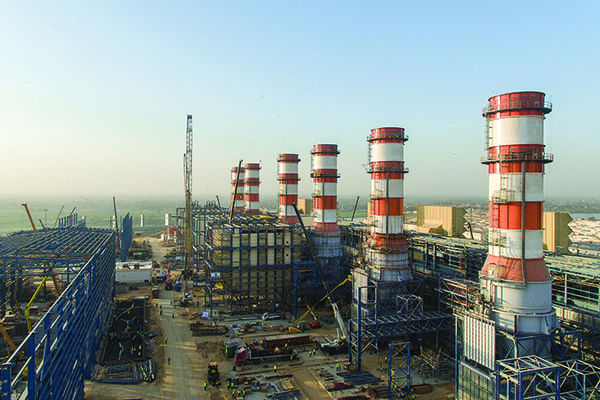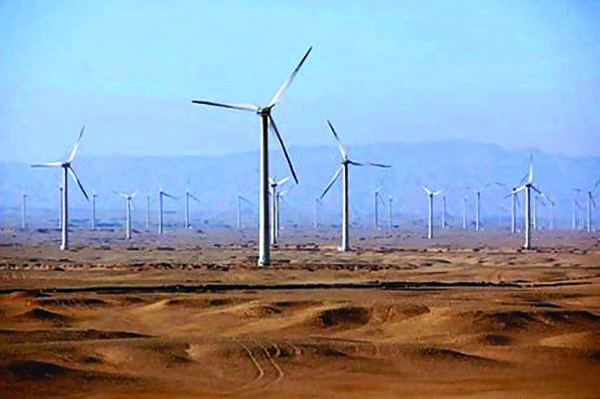Egypt Brings New Natural Gas and Wind Power Plants Online
New natural gas-fired power plants and wind farms are part of Egypt’s strategy to increase the country’s power generation by at least 50%. It began delivering on that plan in July as it brought three gas-powered plants online in addition to one of the world’s largest wind facilities. Egyptian President Abdel Fattah el-Sisi on July 24 said “Today is a day of hope” as he unveiled the 4,800-MW New Capital plant (Figure 1) near Cairo, in an area that will serve as the country’s new administrative capital.
“We have come a long way in one of the most important elements of building and development in the state,” he said at a ceremony at the plant attended by government officials and Siemens CEO Joe Kaeser. Siemens’ turbines are used in each unit of the gas plants, which were built as part of the company’s Egypt Megaproject, which includes six substations to transmit electricity from the new power plants to the country’s grid.
Egyptian officials said the country began building new projects in 2015 as part of an €8 billion ($9.33 billion) deal designed to lessen the risk of blackouts that have plagued the country and increase its industrial potential by giving manufacturers better and more reliable access to electricity. Egypt has had power shortages in recent years after the country’s 2011 uprising forced long-time president Hosni Mubarak from power. The issues, including rolling blackouts mostly in summer, were blamed on poor maintenance of infrastructure, in part due to a lack of funding for energy projects.
The Gebel el-Zeit wind farm in the Red Sea province (Figure 2) also was opened on July 24. Officials said the facility has 580 MW of generation capacity and cost $673 million. Egypt wants to produce at least 20% of its energy from renewable sources by 2022 and as much as 40% by 2035. The country currently receives about 3% of its electricity from renewables.
Ayman Hamza, a spokesman for the country’s Electricity Ministry, said the new projects are part of an effort to make Egypt a regional energy hub, with enough power to supply the country’s domestic needs while also promoting power exchanges with neighboring countries. “Never been done before,” Siemens said on the company’s press office Twitter account as completion of the gas plants was announced, noting the complexes were built in just less than 28 months. Siemens said the construction effort, which included Egypt’s Orascom Construction and Elsewedy Electric, is “a world record for fast track power projects,” and said, “record breaking completion of the Megaproject in Egypt will serve as a blueprint for building up power infrastructure all over the world.”
The other two plants inaugurated in late July are a 4,800-MW facility in Beni Suef, about 68 miles south of Cairo, and a 4,800-MW plant at Burrulus in the Nile Delta. Kaeser tweeted on July 25: “3 years ago we made a promise to provide #energy for over 40 million Egyptians. Yesterday, we co-create the future with our partners.”
The three gas-powered combined cycle plants use Siemens’ SGT5-8000H gas turbines along with the company’s SST-5000 steam turbines. The waste heat from the gas turbines is used to produce steam to drive the steam turbines, increasing the plant’s power output and efficiency. Each plant uses four SST-5000 steam turbines, which were made at the Siemens factory in Muelheim, Germany, and eventually transported by cargo ship from Antwerp, Belgium, to Egypt.
—Darrell Proctor is a POWER associate editor. (@DarrellProctor1, @POWERmagazine).

